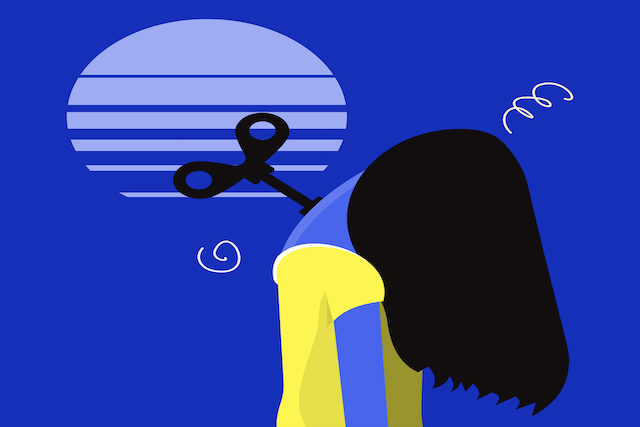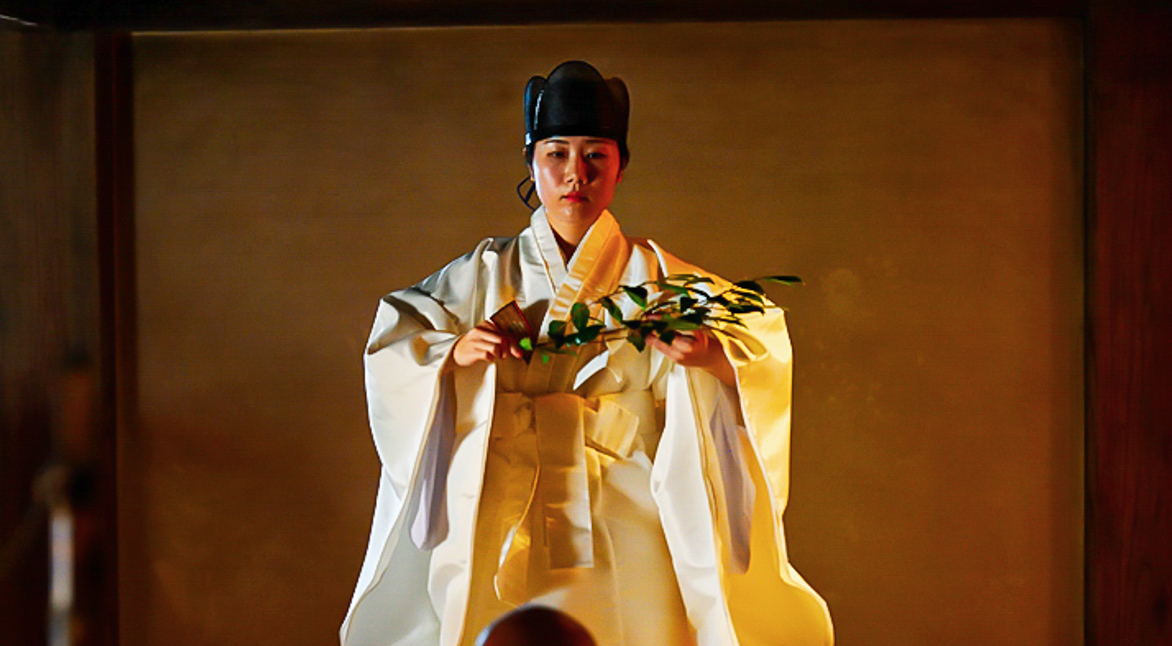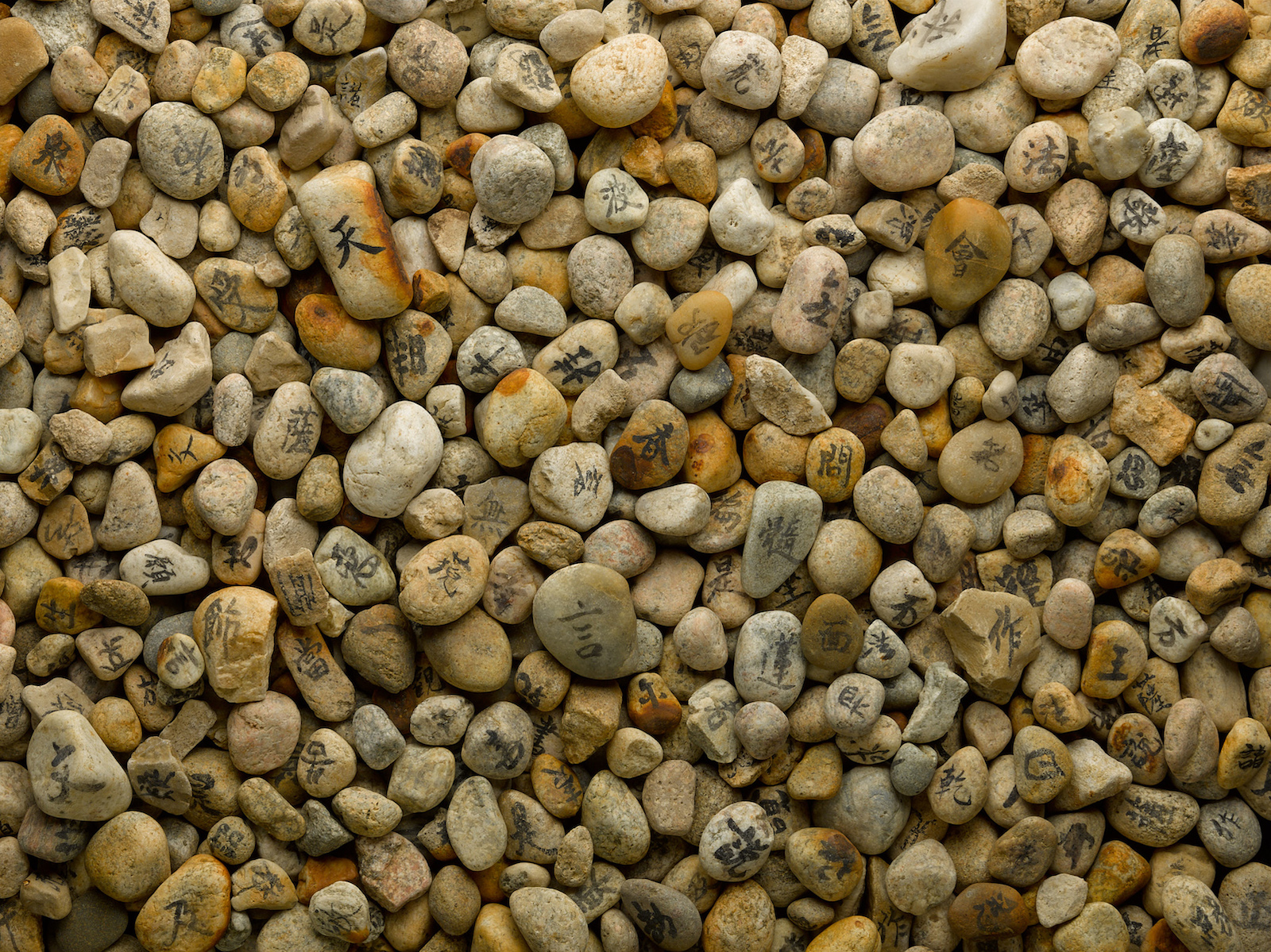Detox, Let Go and Twist it all out. The top Benefits of Yoga Twists and 3 Deep Twisting Poses to try.
The post Detox, Let Go and Twist it all out. The top Benefits of Yoga Twists and 3 Deep Twisting Poses to try. appeared first on The Yoga Nomads.
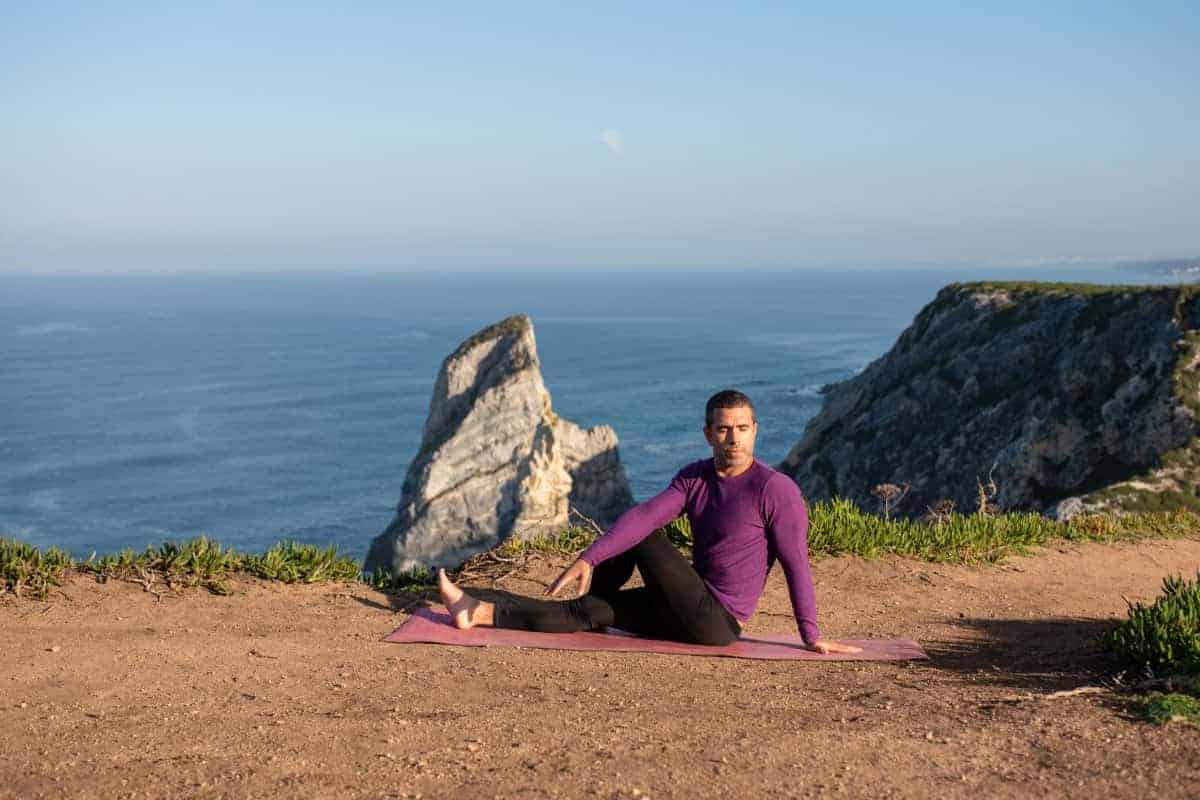
Good crack in the back, check! Release tension in the spine, check! Feel fresh blood flow to your digestive area, check! These are just some things you can experience when holding a deep and juicy yoga twist. Surely, you have felt just how great it is to twist out the spine after a long day seated at the office, or standing on your feet.
But why does it feel so good? Spinal twisting poses create intra-abdominal compression to help detox your insides and stretch your body long and tall. Let’s get into it.
What are yoga twists?
A yoga twist is a yoga pose that includes spinal rotation. For example, keeping the hips in one place and twisting your chest to the left or right. This creates a force in an opposing direction from the hips and helps to increase spinal mobility as well as providing many other health benefits.
A yoga class without twisting postures is like starting the morning without your coffee or favorite herbal tonic. It just doesn’t feel right. When you start to incorporate twisting postures into your yoga practice, you will start to experience an increased range of motion, a healthy spine, and a detox effect from your internal organs. After looking at all the benefits, you are never going to miss a yoga twist again!

Benefits of Twisting Yoga Poses
Why do yoga poses with a twist feel soooooo good? Well, here are our insights…
Practicing twists helps you to increase the range of motion in your spine and since the spine is such a major component of the whole body, increasing the spine’s natural range of motion, will increase your whole body’s range of motion! Twists help to create inter-vertebral space by freeing up muscle tension in the soft tissues that surround the spine.
When you engage in active twists (those using your core muscle groups to make the twist), you will also be building strength in the spinal muscles and abdominal muscles, increasing body strength and supporting spinal health. For someone with poor back support in their everyday life, a yoga twist can help to combat pain that arises from this lack of support or poor body postures.
Twists also have a ‘squeeze and soak’ effect on the digestive organs. Digestion twists are those that put pressure on the internal body, particularly around the intestines, liver, and stomach. This pressure helps digestion by firstly reducing blood circulation to the digestive area, but then on the release of the twist, it will stimulate circulation as the blood rushes back into the digestive system creating warmth in the area.
Plus, when you are twisting, you are also gently massaging your digestive system and you may naturally relieve yourself of some built-up gas. Bonus!
The squeezing effect can also have an emotional element to it as well, and you may like to use twists to release your body and mind from any negative built-up emotions, thoughts or experiences that you are ready to let go of! To breathe and release can be a physical and emotional detox on the yoga mat.
Among the multiple benefits of yoga poses, you could also contribute the effects of twists to having a positive effect on the nervous system. They help to create space in the body, which in turn will create space in the mind. Many yoga poses have a mind-body connection, twists included!
If you have a sedentary lifestyle, your muscles will gradually shorten, your connective tissue will start to dry up and you may experience your joints hardening. But, the good news is that you can combat this issue by using twists to enliven the body once again. Simple standing twists can focus primarily on increasing life energy and deeper reclining twists can work with yoga anatomy, to bring your body back to alignment once again.
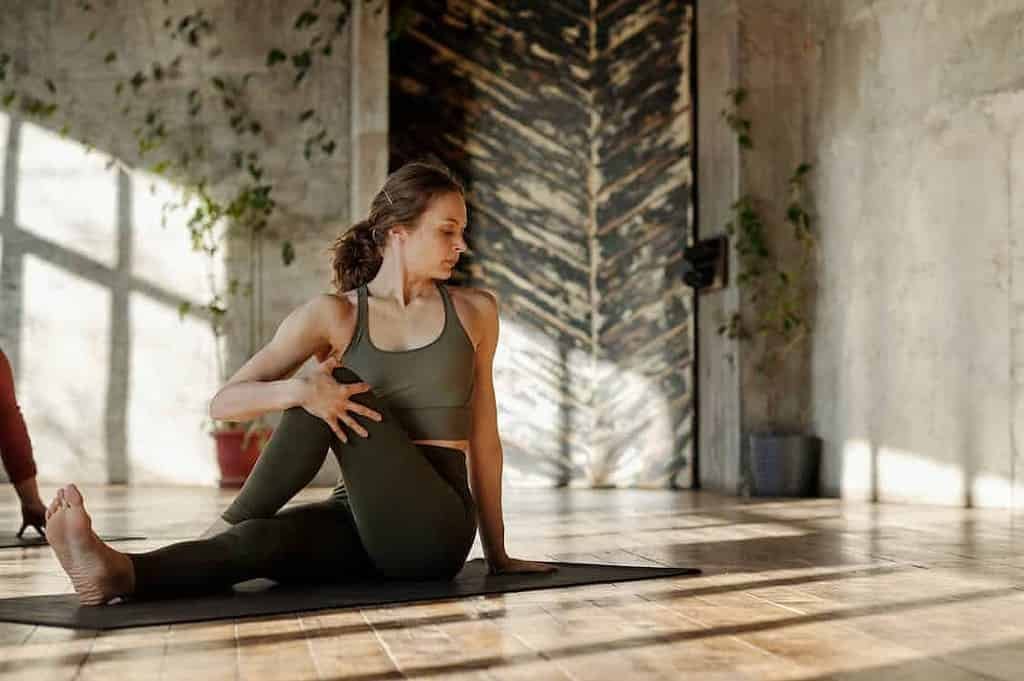
Who should NOT do twisting poses
Despite the many health benefits of spinal twists, there are a few people in this world who may do more harm than good if they twist too deep.
If you have any of the following health concerns, please consult a practitioner or physical therapist before trying any yoga postures that involve a twist:
Spinal disc injury (such as a slipped disk). Any spinal nerve health concerns such as tingling nerve pain in the spine Lumbar spine mobility issues Sacroiliac (SI) joint dysfunction If you have an injury in the cervical spine, only choose twists that involve the lower back muscles and try to keep the neck and shoulders looking straight ahead.3 Yoga twists for you to try right now!
Okay, so whether you want to start with gentle standing twists, or get into deep-seated twists, there are a lot of yoga postures that include a twisted element. Here, we have picked out 3 of our favorites for you to bring a deep twist and sense of letting go into your life.
(The three poses range from easy, to moderate to challenging, so take your pick!)
Easy: Lord of the Fish Pose (Ardha Matsyendrasana)
For this pose, you will need to start in a seated position with your sitting bones firmly planted on the mat beneath you. Keep your spine straight and rise the crown of your head up tall. Bend your left knee, and place your right foot either in front or on the outside of your left leg. Reach your hands tall as you take a breath in. On your exhale, twist your rib cage to the right and connect your left hand with the outside of your right thigh. Hold and breathe for at least five deep breaths.
Gently release, bringing your spine back to neutral, and then swap to the other side.

Moderate: Revolved side angle pose (Parivrtta Parsvakonasana)
Starting in mountain pose, take your left foot and step it toward the back of your mat, coming into a crescent lunge position by bending your right knee. Bring the palms of your hands together in Anjali mudra (prayer position) and then twist your upper body to face the right side. If you can, hook your left elbow onto your right knee and use this connection to deepen the twist through your back body.
Revolved side angle pose is great for stretching through the entire spine, and the shoulder girdle too. As always, hold for at least five deep and nourishing breaths, then exhale to return to your center and swap to the other side.
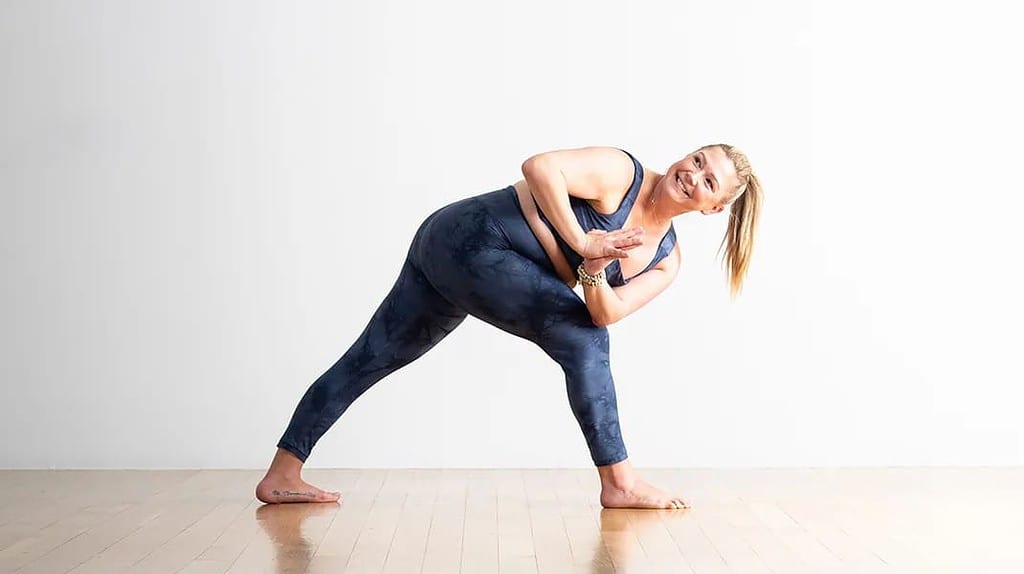
Challenging: Revolved Triangle Pose (Parivrtta Trikonasana)
This one is for the more advanced yogis who have been practicing twists for a long time. You can always use blocks, or other yoga props to support you in this pose to create space in the spine for the twist.
When you are ready, start in mountain pose, step your left foot to the back of your mat, and keep both feet facing forward with both legs straight. Hinging from your hips, take your left hand to the outside of the right foot and take your right hand either to the right hip or extend it to the sky. Reach tall and breathe.
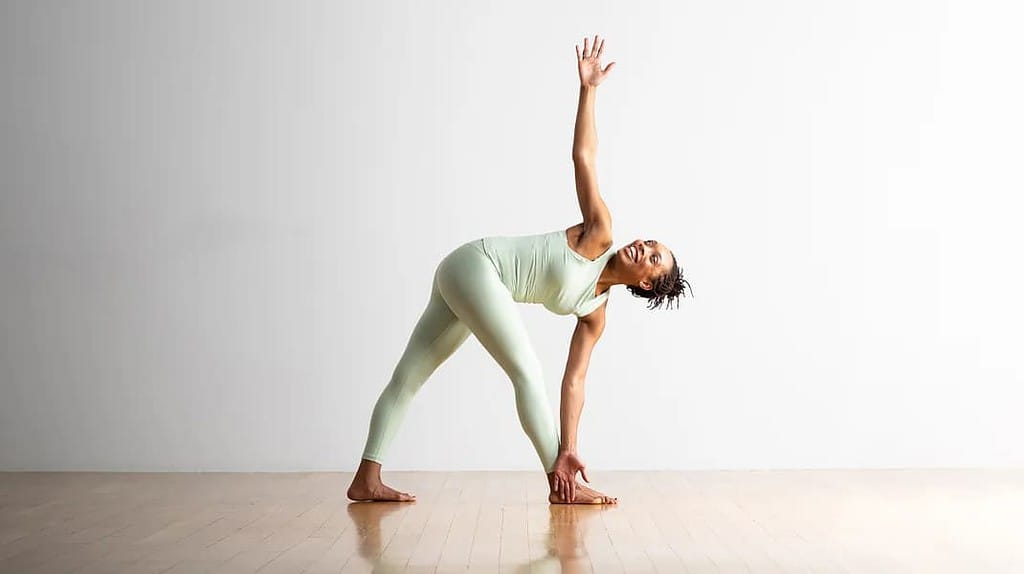
Frequently Asked Questions
Why are yoga twists important?
Yoga twists help to strengthen the spinal muscles, relieve tension in the upper and lower back and create an internal massage to help detox the digestive organs!
Why are yoga twists so challenging?
Like all yoga poses, mastering a pose takes time. If you start with gentle twists, you will increase flexibility in the spinal muscles, you will create more strength in your core muscles, and will see a positive difference in your range of motion. Practice with patience and celebrate every small milestone along the way.
Should I do a yoga twist every day?
Although you could have a healthy debate about which yoga poses are important to do every day or not, as a rule of thumb, twisting creates a different range of motion than most forward and backward bends that are done in daily life. In this case, to strengthen the spinal muscles and reduce the chance of lower back pain, try a yoga twist every day. You might even find that they aren’t so challenging after all!

 Kass
Kass 










